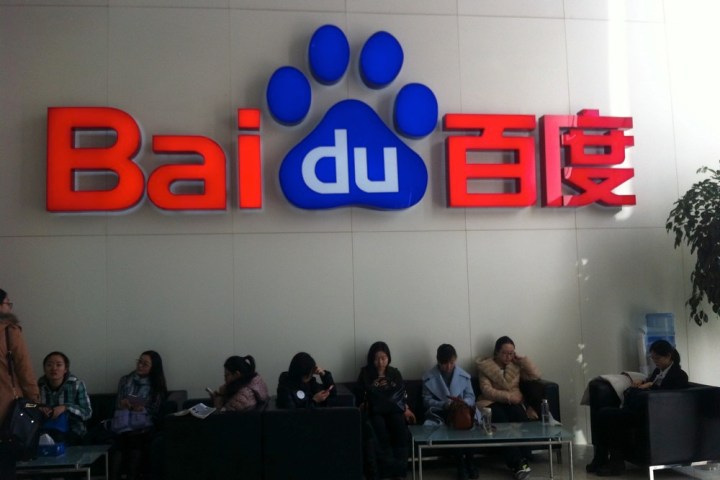
Deep Voice 2, which follows on the heels of Deep Voice’s public debut earlier this year, can produce real-time speech that’s nearly indistinguishable from a human voice. All the more impressive, it needs just thirty minutes of audio to build a working model, and can imitate the regional accents of hundreds of different speakers.
That’s leaps and bounds better than early versions of Deep Voice, which took multiple hours to learn one voice.
They key is Deep Voice 2’s ability to identify similarities between hundreds of different speakers to build a working model of a human voice. Then, it autonomously derives unique voices from that model — unlike voice assistants like Apple’s Siri, which require that a human record thousands of hours of speech that engineers tune by hand, Deep Voice 2 doesn’t require guidance or manual intervention.

“Give it the right data, and it can learn on [its] own what sort of features are important,” Andrew Gibiansky, a research scientist at Baidu’s Silicon Valley AI Lab, told The Verge.
Baidu isn’t the only company investing in high-quality text-to-speech tech. Google’s WaveNet, a product of the company’s DeepMind division, generates voices by sampling real human speech and independently creating its own sounds in a variety of voices. Adobe’s Project VoCo transcribes human speech to editable text in real time. And Lyrebird, a Canadian AI startup, licenses algorithms that can imitate any voice with just a single minute of sample audio, create one thousand sentences in less than half a second, and can infuse the speech it creates with emotions like anger, sympathy, and stress.
But don’t expect Deep Voice 2 or WaveNet to replace Siri, the Google Assistant, or Amazon’s Alexa anytime soon — AI-powered translation apps require more resources than today’s phones can reasonably supply. But Baidu sees potential in applications like text-to-speech apps and voice-based assistants. “The ability to quickly synthesize multiple human voices will have a huge effect on products such as personal assistants and eBook readers in the future. For example, each character of your eBook could have a unique voice when you listen to the eBook.”


